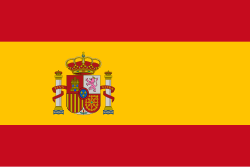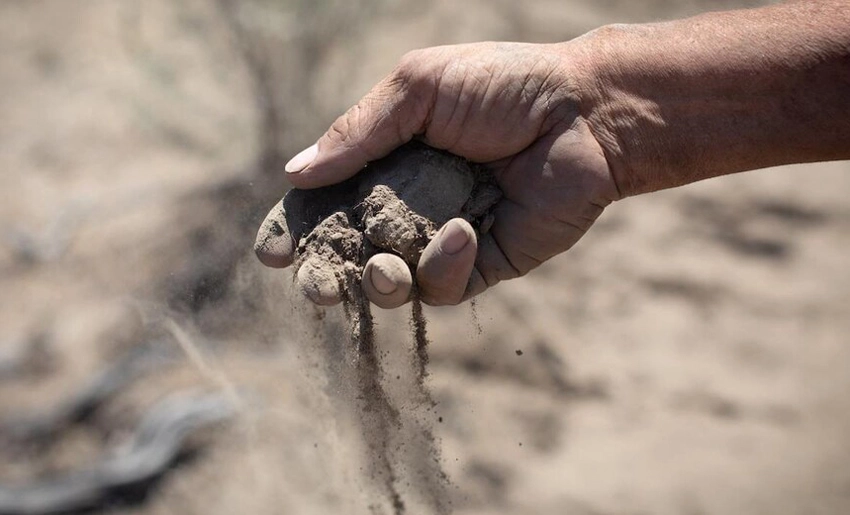The year 2025 is approaching, and rainfall is scarce in Holguin, where in recent years there has been a severe drought crisis that has profoundly impacted residents’ quality of life, as well as food production and water supply.
This climate phenomenon has not only brought with it a scarcity of water resources, but has also posed serious economic, social, and health challenges for one of Cuba’s most populated territories.
Since 2018, Holguin has seen a marked decline in rainfall, experiencing one of the most severe droughts in its recent history. According to data from the National Institute of Hydraulic Resources, many localities have seen their water sources drastically reduced, affecting both human consumption and agricultural irrigation.
Therefore, food production, already impaired by other factors, has been compromised. There has been a decline in root crops and grains, essential to the population’s diet, which in turn contributes to rising prices and food insecurity.
The causes of the drought in Holguin, and other regions of Cuba, are multiple. Climate instability has intensified extreme weather events, such as reduced rainfall. Furthermore, deforestation and inadequate water resource management have contributed to this critical situation.
Statistics to date indicate that rainfall has been scarce, with records well below the historical average for this time of year. At the end of March of this year, almost 48 percent of Holguin’s territory was experiencing meteorological drought, negatively impacting reservoirs and aquifers, which are showing alarmingly low levels.
In this climate context, the residents of Holguin are suffering serious impacts on the water supply cycle, forced to ration water amid high temperatures and prolonged power outages. According to a publication in the newspaper ¡Ahora!, the city’s water inflow has been reduced from 1,189 to 880 liters per second, creating a deficit of 309 liters.
Faced with this situation, worsened by the current difficult electricity situation, many communities have had to resort to alternative sources, some of which are not always safe, increasing the risk of illness and health complications.
To mitigate the effects of the drought in Holguin, measures such as the rehabilitation of aqueducts, the use of solar panels in water supply systems, and the drilling of wells in various communities have been implemented.
However, the challenges are complex, and a more structured and sustainable response is still needed that considers not only water management but also its rational use and the strengthening of water infrastructure.
The drought situation in Holguin is a reminder of the region’s vulnerability to climate change.
- Safety Road, Everyone’s Responsibility - 29 de November de 2025
- CDRs Facing the Challenges of Adaptation and Renewal - 29 de September de 2025
- Arboviruses in Holguin, a cross between environmental and social problems - 26 de September de 2025

